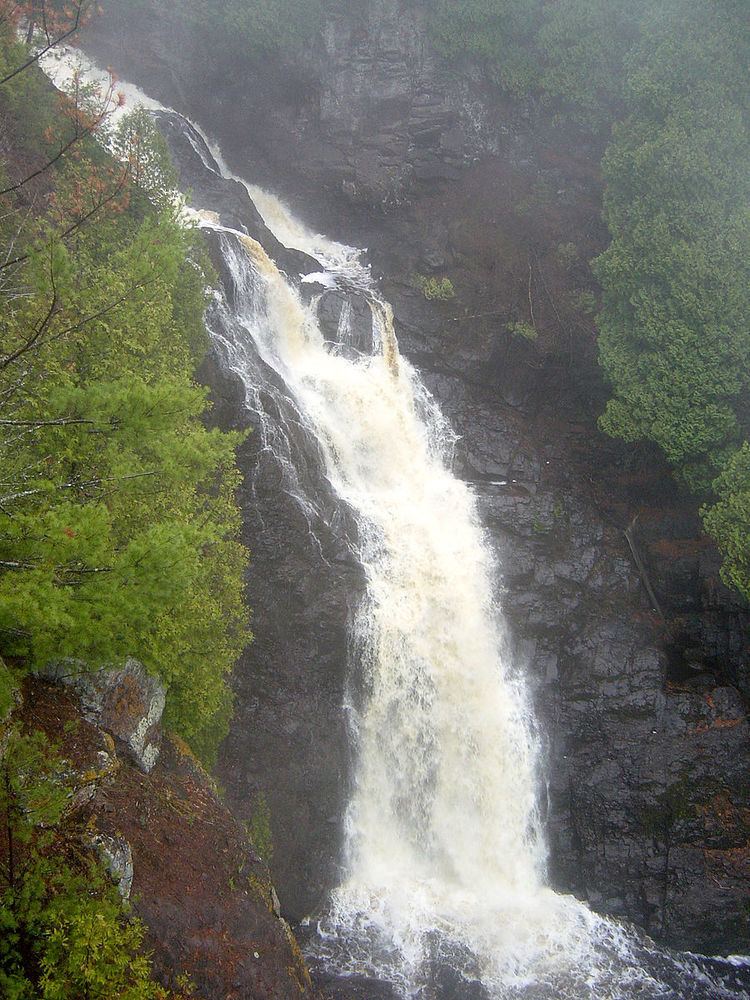Area 5.811 km² | Phone +1 715-399-3111 | |
 | ||
Address 6294 WI-35, Superior, WI 54880, USA Hours Open today · 6AM–11PMFriday6AM–11PMSaturday6AM–11PMSunday6AM–11PMMonday6AM–11PMTuesday6AM–11PMWednesday6AM–11PMThursday6AM–11PMSuggest an edit Similar Big Manitou Falls, Jay Cooke State Park, Northland Camping & RV Park, Indian Point Campgro, River Place Campgro | ||
Backpacking at pattison state park wi a bewitching experience
Pattison State Park is a 1,436-acre (581 ha) Wisconsin state park south of Superior, Wisconsin. Situated on the Black River, the park contains both Big Manitou Falls, the highest waterfall in Wisconsin at 165 feet (50 m), and Little Manitou Falls, which is 30 feet (9.1 m). Pattison State Park was established in 1920.
Contents
- Backpacking at pattison state park wi a bewitching experience
- Pattison state park campground
- HistoryEdit
- Activities and amenitiesEdit
- References
Pattison state park campground
HistoryEdit
Pattison State Park is named after Martin Pattison, an early lumber man and miner. In 1879 the company he was working with moved to Superior. After becoming wealthy in the iron mining business, he purchased an entire city block on the harbor where he built the 42-room Martin Pattison House, which is now the Fairlawn Mansion and Museum. In 1917 there was a plan to build a "power dam" on the Black River. The dam would have destroyed what is known as the Big Manitou Falls. Pattison took the initiative to save the falls by secretly buying land, 660 acres (270 ha) in total from different land owners along the river. In 1918 he donated the land to the state which led to Wisconsin dedicating its sixth state park to Martin Pattison on January 20, 1920. Until 1935 Pattison State Park consisted of a small picnic area, some wooden overlooks, pit toilets, and a ranger cabin. On July 25, 1935 the Civilian Conservation Corps (CCC) began renewing the park. The Corps quarried rock and chiseled it into blocks to create the park shelter building, nature center, bathhouse, and former office building. It also drained Interfalls Lake, rerouted the river channel, hauled sand from Lake Superior's shore to make the beach, installed sewer and water systems, removed old roadbeds, planted trees, and landscaped and built three miles of foot trails.
